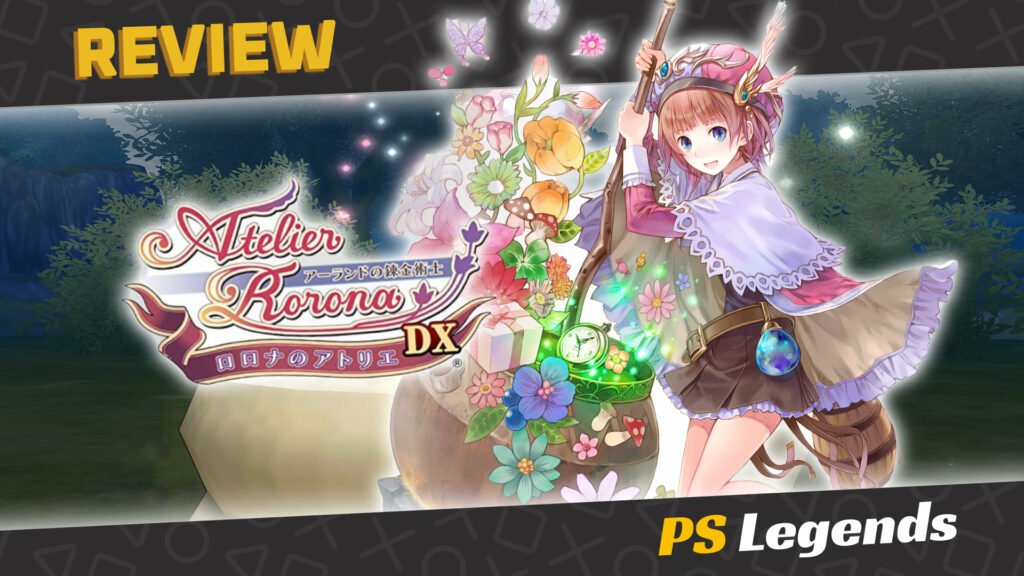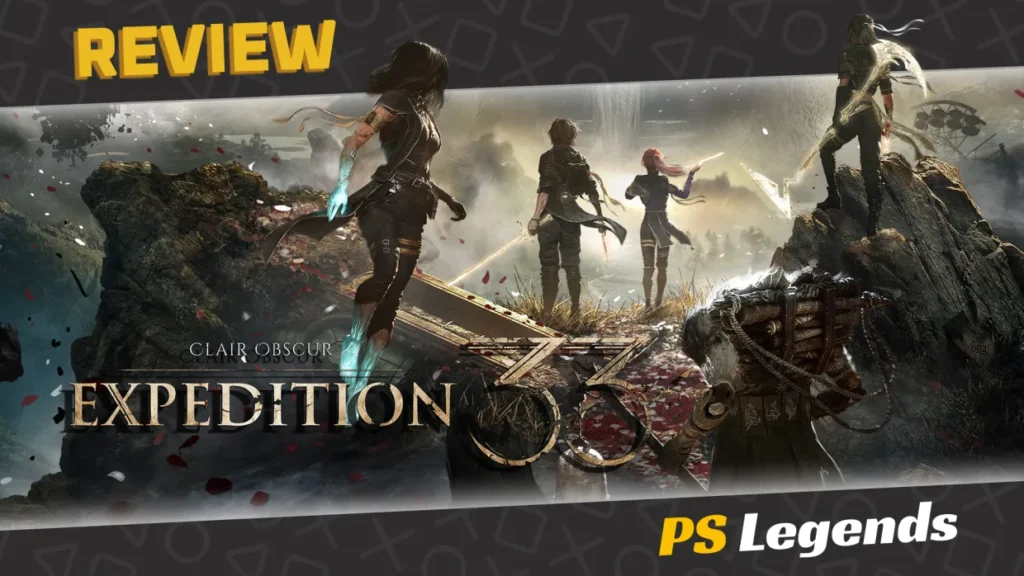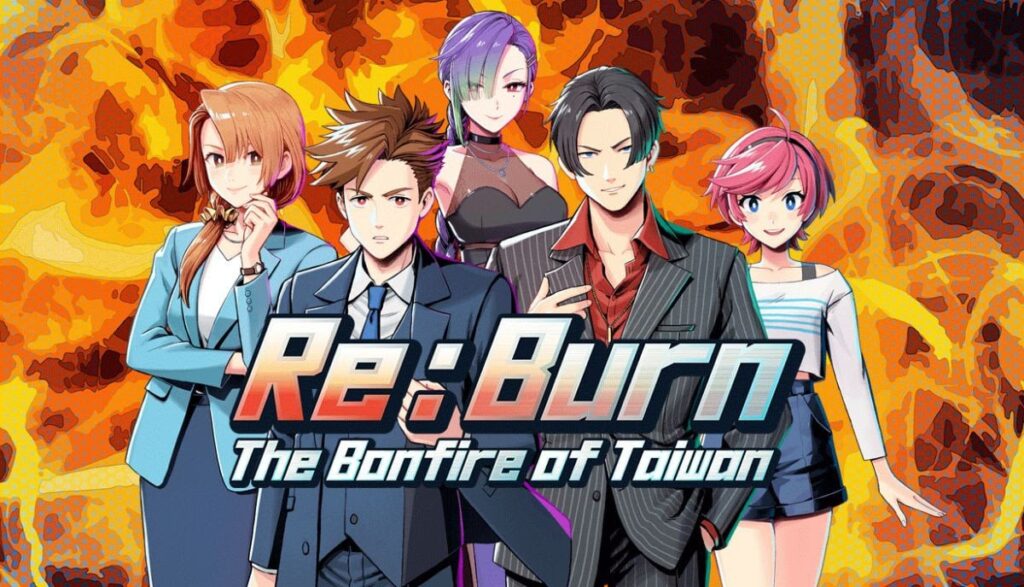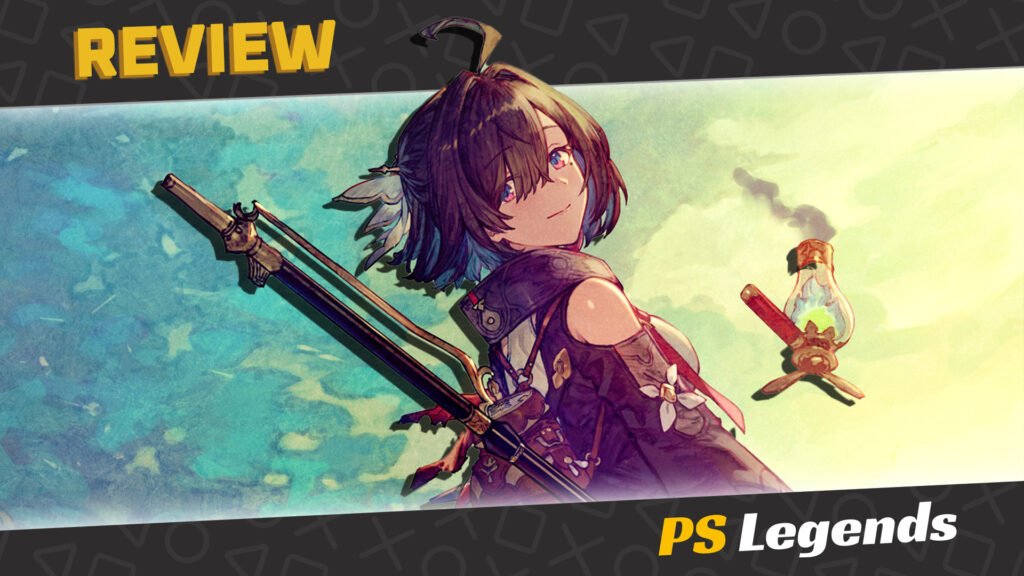Atelier Rorona: The Alchemist of Arland DX is a re-release of the 11th installment in Gust’s series of JRPGs. Available in a pack with its sequels, Totori and Meruru, the game was a return to the franchise’s roots.
Roots in Alchemy: Before Rorona
Back in 1997, Atelier Marie came out on the original PlayStation. The concept of the game was to focus on a side often neglected in RPGs: instead of a hero epic, what is it like to be an item maker whose job impacts other people’s journeys?
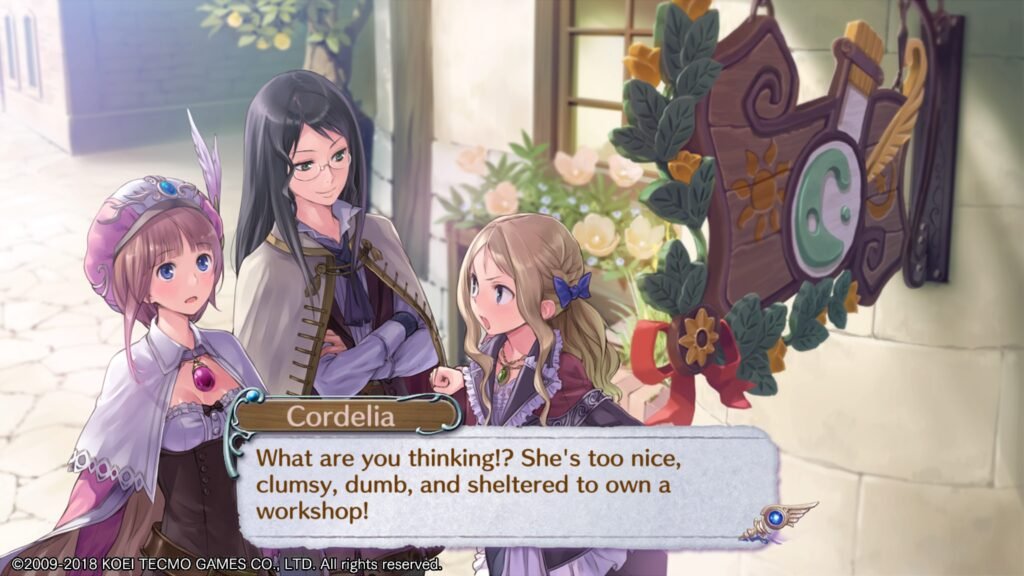
This concept evolved through multiple games and the series has since become basically an yearly affair. However, the first time the franchise came west was through the Iris trilogy on the PlayStation 2, which had mostly abandoned its unique purpose.
In that sense, Rorona was a return to what the franchise started with. Once again with a mandatory female protagonist and with alchemy at the center of the gameplay, Atelier Rorona brought a new era to Atelier that still persists to this day.
Days of Atelier Deadlines
Atelier Rorona tells the story of a girl called Rorolina Frixell. Better known as Rorona, she’s an alchemy student under the tutelage of Astrid. Due to her master’s unique tendencies, everything always falls down to our young girl.
When the kingdom decides to close down their atelier, it’s up to Rorona to step up to the challenge. Now she’ll have to do fulfill missions for the kingdom and handle various odd jobs for the populace.
While the concept is simple enough, the game offers a big challenge in the form of deadlines. Rorona has to finish the assignments in around 3 months and actions cost time.
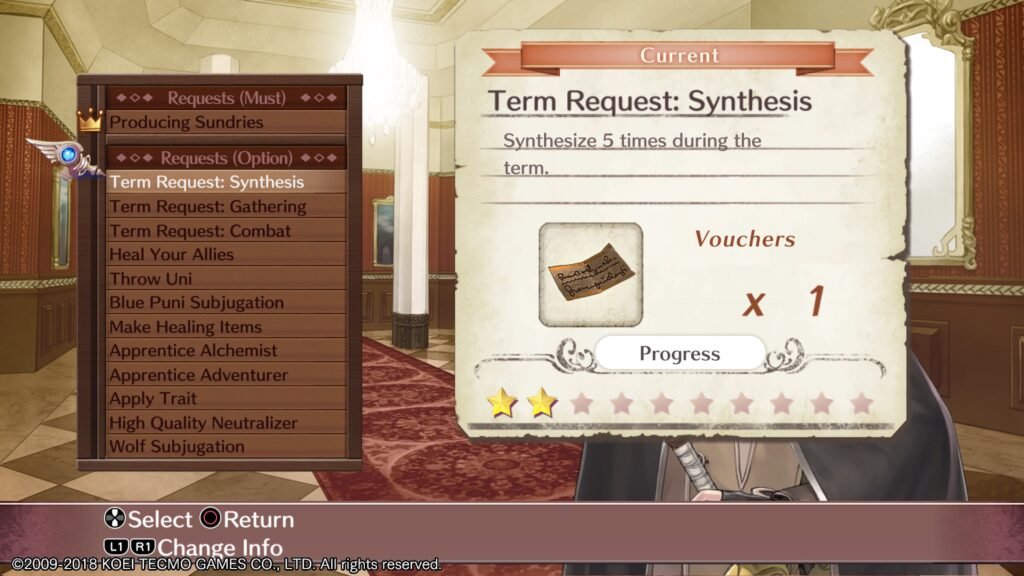
The player has to look for ingredients in dangerous areas around town, fight against monsters, and create items in their atelier. Even resting to restore HP and MP costs days, so players have to optimize their time.
On the deadline for the current assignment, players receive their next mission. The game clearly presents the next objective, giving us a clear goal to keep in mind while managing other personal interests.
It’s thus a matter of organization. If the player focuses first on this goal, they’re likely to finish it fast enough to have many days left to explore, battle and synthesize items freely until the next assignment.
Rinse and Repeat
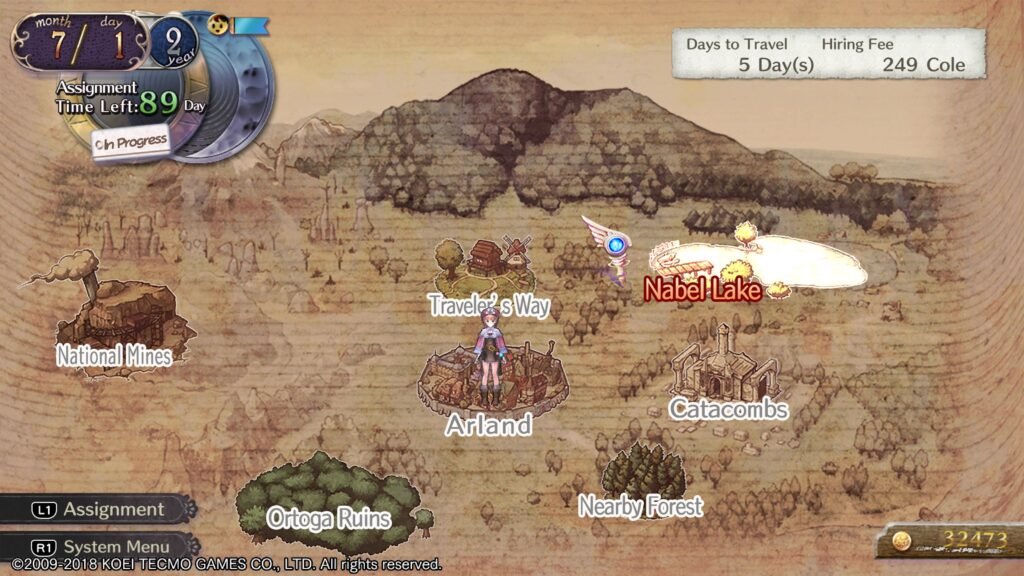
The main attraction of Atelier Rorona is seeing what you can get out of these cycles. The player starts with limited ingredients, recipes, and locations to explore. However, the options consistently expand over time.
Rorona can go to the town’s specialized stores to buy items, but with her budget, it’s often better to go outside. The problem is that monsters roam around these areas.
Gathering a party with two other allies becomes a must to explore these lands. However, hiring most of them will demand money. The value isn’t significant enough to be a major worry but it’s yet another factor to keep in mind for budget.
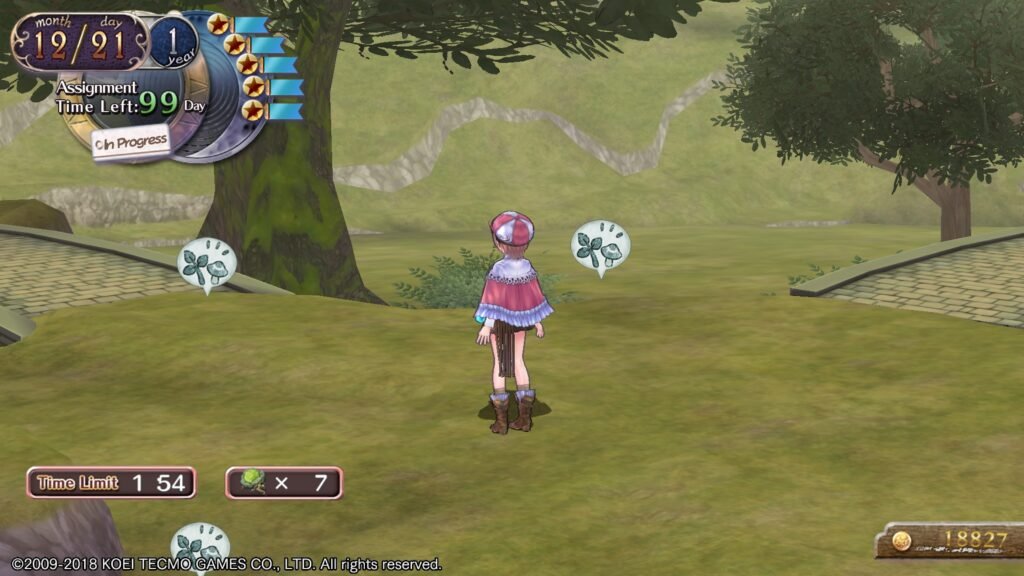
Traveling to a region costs time, and then going to each map in that region adds to that cost. Areas include multiple maps but players can choose to explore more or go back to avoid sinking too many days in an expedition.
Each area is a small space to explore, and the player has multiple spots for gathering ingredients. There, the player has a selection of items to pick and add to their basket.
Being able to choose items is an important element because they may have different properties. Besides the quantitative evaluation of Quality, they also have Traits which affect their selling value, combat usage and effects.
Throwing Ingredients in the Cauldron
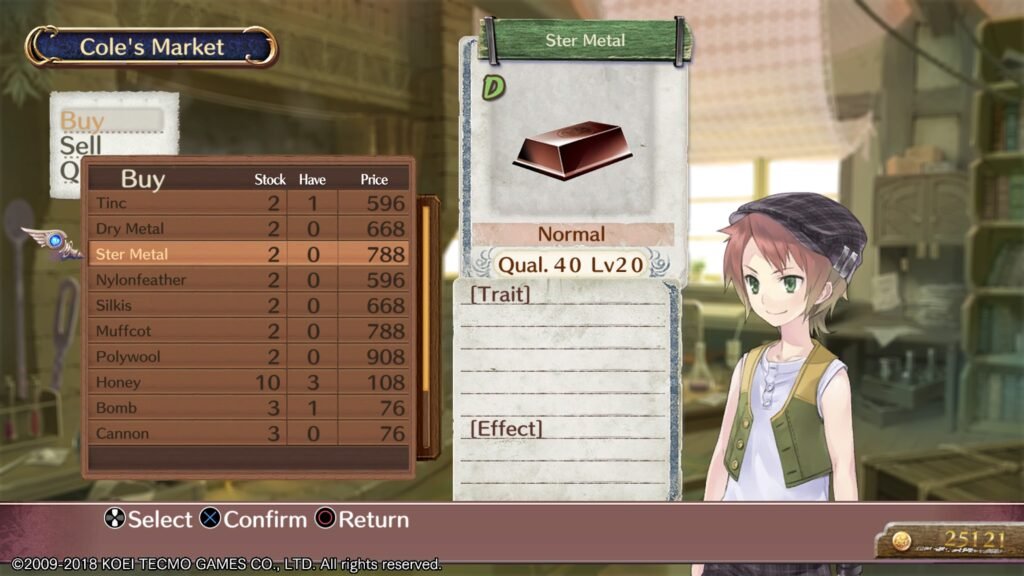
Quality and Traits drastically affect synthesis. A bomb with no applicable traits and low quality will be significantly worse than one made thoughtfully to increase damage and add effects.
The same applies to healing consumables and other items the player can make. Even the equipment effects are tied to these elements, though their creation happens in the blacksmith Hagel’s shop.
The first step for synthesizing items is getting their respective recipe books. After assignments change and a new chapter starts, new options are available on the stores or as a reward for side missions.
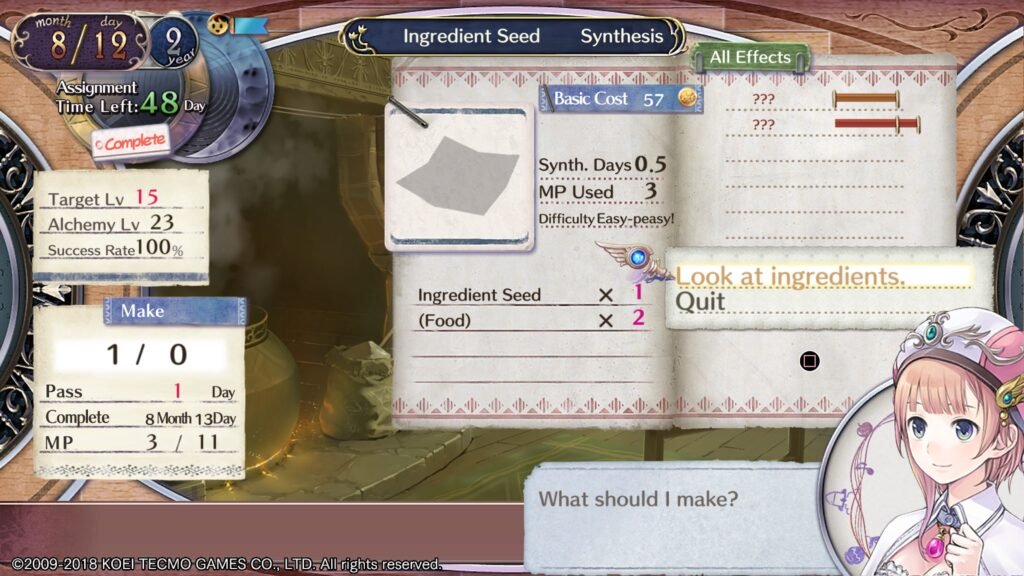
Once Rorona has the recipe, she needs to have its ingredients in the necessary quantities. Each item has a specific level, which determines how hard it is to make and how much MP it’ll cost to make it.
If the player has less MP than necessary, they may still make an item but the success rate drastically decreases. The cut is drastic, with items that would surely be ok to make dropping down to 50% chance.
The time to make each item is also different, ranging from decimal numbers to multiple days. When the days expenditure is not an integer, optimal production may take multiple days.
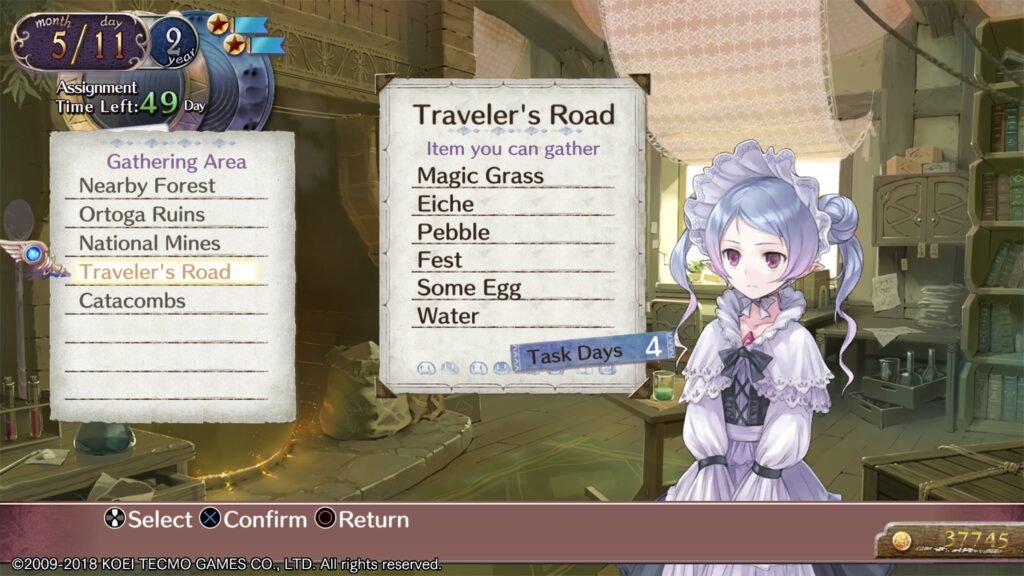
After a certain point of the game, Rorona will also have an assistant. Gathering and synthesis are some of the options of tasks we can let homunculus Hom handle.
However, their efficiency isn’t as good as Rorona, so it never cuts the importance of the player’s direct action. It can be very helpful to use them to plan ahead so you have the ingredients for an upcoming synthesis while you go out to explore and handle other missions.
With all that in mind, optimization is an important aspect of synthesis. It’s a lot of fun to understand the mechanics, and get better at making optimal items.
The relevance of synthesis is what sets Atelier apart from other RPGs. Crafting is the centerpiece here rather than just a helpful but optional system. Even battling, which is usually the bread and butter of the genre, is more of a sideshow by comparison.
A Simple Turn-Based System
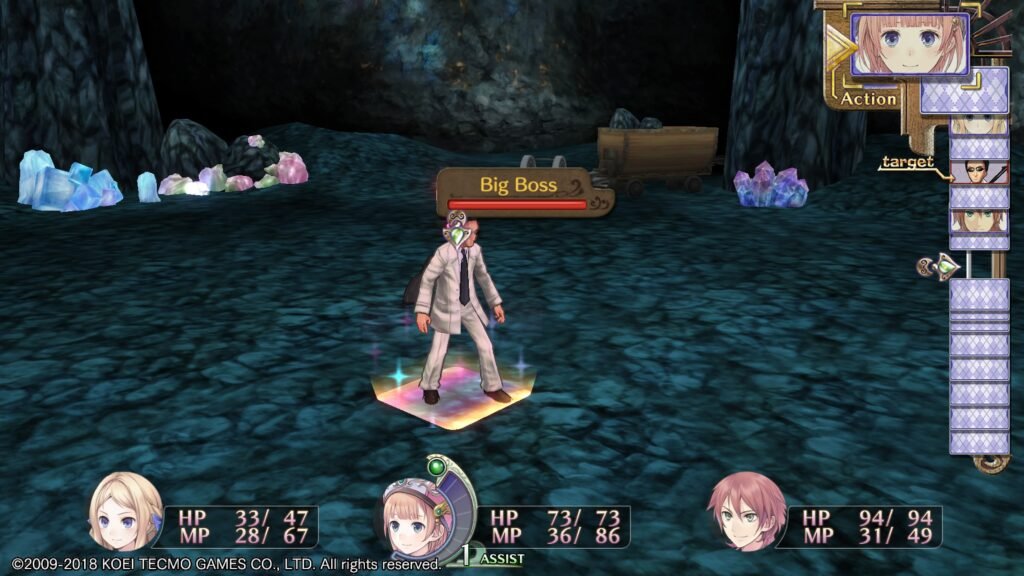
When it comes to classifying RPGs, Atelier Rorona, much like most of the series, is a turn-based RPG. Players can control a team of up to three characters with our young alchemist as a mandatory member.
During the exploration of the game’s areas, players will see monsters around. By touching them or hitting them with your staff, you can initiate combat. However, if you’d rather run from them, you can try to sneak past them. Some special, fixed monsters will attack once you reach their zone, however.
In battle, the order of the turns is determined by the characters’ speed attribute. Depending on its value, a unit may even act multiple times before an opponent acts.
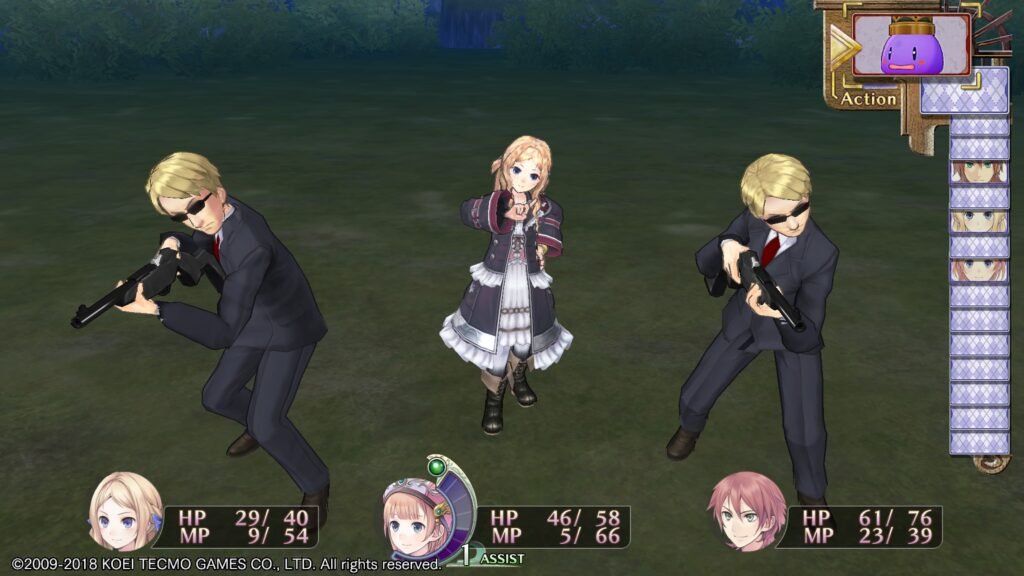
During their respective turns, the individuals may try to use a basic attack, a skill, guard against enemy attacks or flee. Out of all of them, Rorona also has the option to use her items like bombs and salves.
Each character may have different ranges for attacks and skills, and equipping them properly before going out will make a significant impact in facing your opponents. Enemies may have various formations and MP is a limited resource, so it’s important to think carefully about your actions.
Another aspect to keep in mind during battles is the Assist Gauge. This gauge is slightly filled for each turn and Rorona can use it for two special actions: asking a team member to defend her or having them join in a special attack.
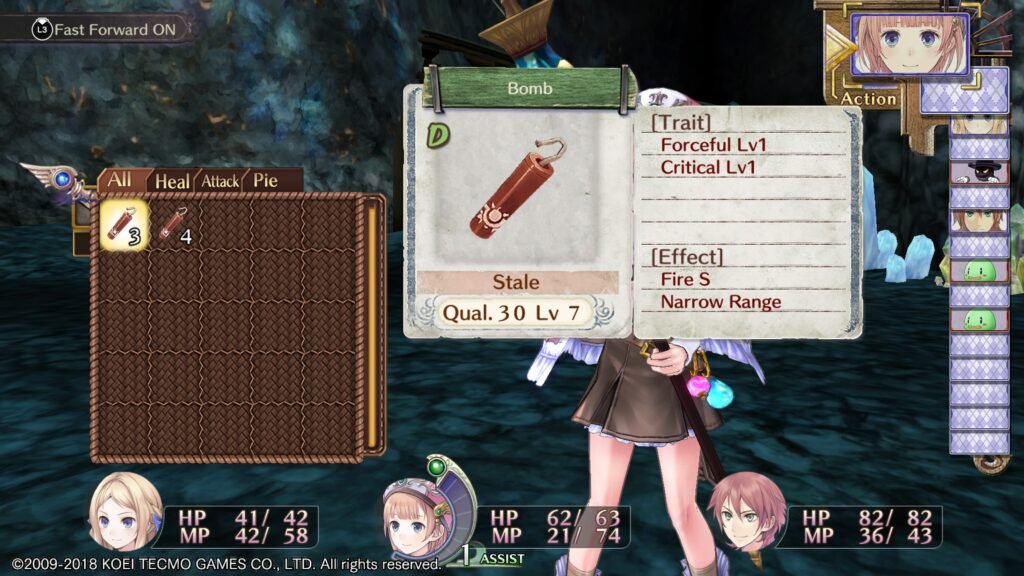
When Rorona uses items or skills, allies can do follow-up attacks. After that, Rorona can also do a special skill. None of these extra actions cost turns so they’re a way to break the order a little.
These systems are reminiscent of the Mana Khemia duology on PS2, which are the Atelier games right before Rorona. However, unlike Mana Khemia, Rorona is considerably more limited in combat.
Even with the expansion and extra polish of the second Rorona release, characters have a small moveset. Exploiting skills, items and assists make for a fun turn-based challenge, especially as it gets increasingly hard to handle special bosses, but fighting is simply not the focus of the game. It’s a clear side-effect of the design choice.
A Charming Experience
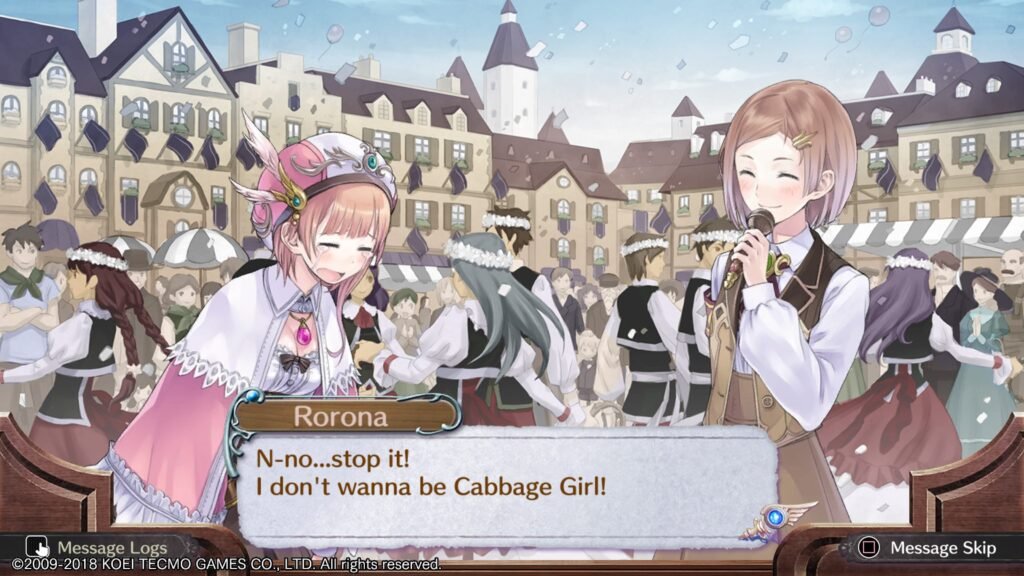
A big part of Atelier Rorona is its world that feels alive. Every step of the way, there are scenes in “visual novel”-esque fashion that complement the experience and let the characters express themselves.
The narrative has a tendency to slice of life, with humorous skits and cute interactions. Rorona is a naive kid and the relationships between characters thrive in all these situations.
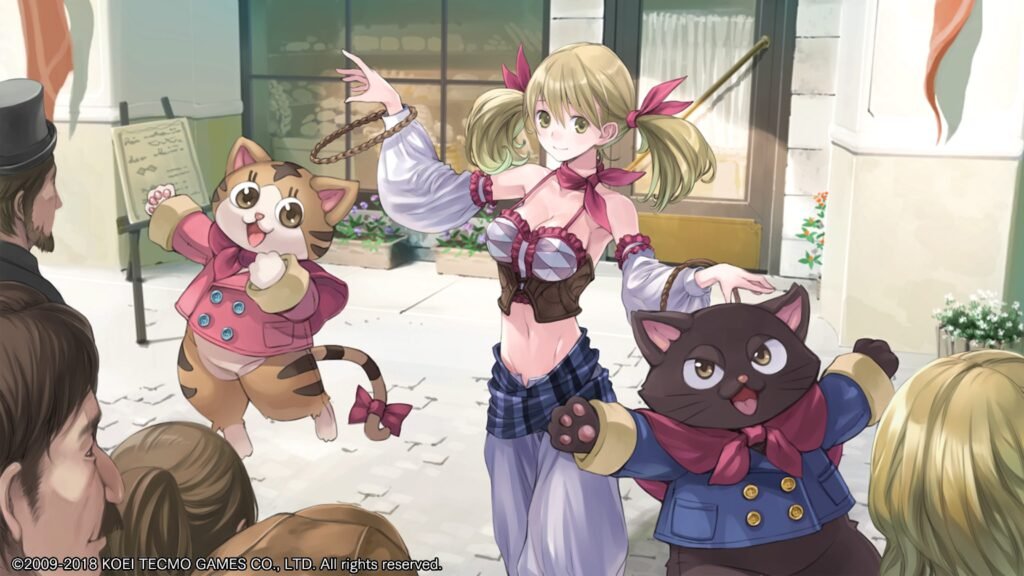
By taking characters out of town and handling jobs for them, players will improve their Friendship Level with various people. This will reduce the cost of hiring help to explore, unlock special scenes and endings.
Unlike the original Rorona, you can choose which ending you’d like to play. That makes the experience significantly more streamlined than having it based on the game’s old arbitrary logic. The original was so mind-boggling in this regard that it even punished players who had the best evaluations for every assignment, with character endings that you could only achieve by getting a less than optimal.
Not So Much of a Deluxe Version
In the DX edition, like the Rorona Plus version, there are some significant changes to game balance. For instance, in the original title, we only had HP, and all systems were considerably simpler.
The graphics had also been revamped from the original, changing completely the character models. The additions included extra content like costumes, playable characters and even a post-game with Totori and Meruru from the sequels.
However, the DX edition itself hardly improved on the Plus release. It added a fast-forward toggle for battles and some costumes that were previously DLC, but nothing truly significant.
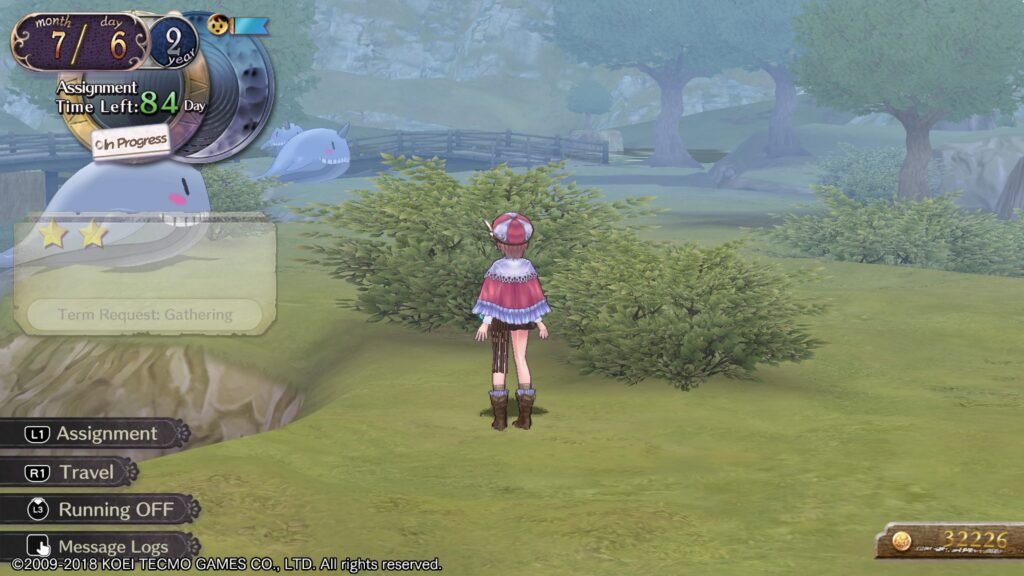
Playing the game on PS4 or PS5 makes it feel like it could have gone an extra mile in polishing the visuals. It’s especially glaring to notice the aliasing effect and a few blurry textures.
Navigating through menus to look up where to go next for a specific material is also unnecessarily complicated. The next releases after it thankfully simplified this aspect, but it’s a shame that the DX edition didn’t fix this issue.
A Unique Crafting RPG
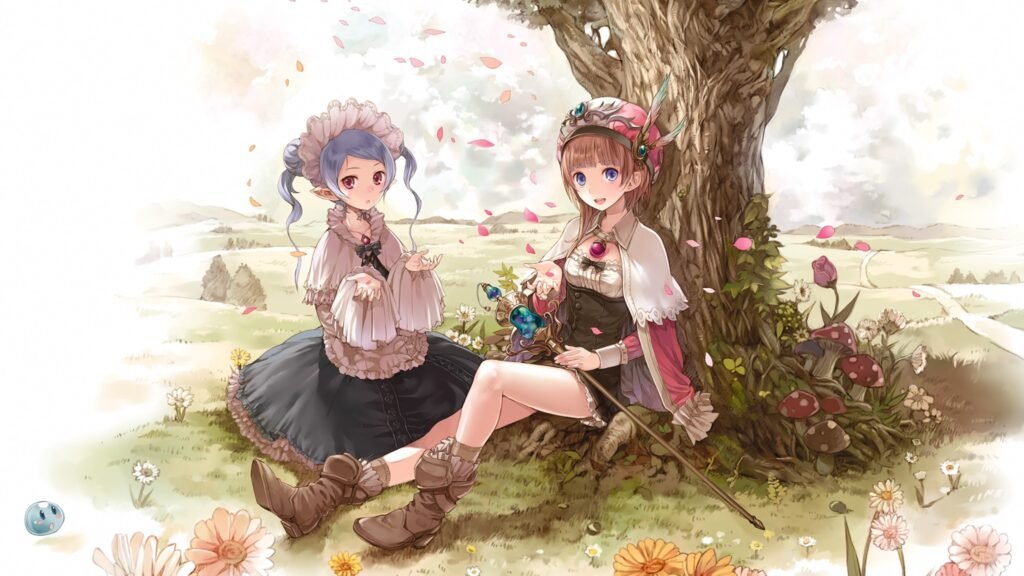
Atelier Rorona: The Alchemist of Arland DX manages to masterfully present what a JRPG focused on item-making can offer. This is a great entrypoint in the long-running series.
Joys
- A rewarding, satisfying game loop based on continuous exploration, synthesis and combat;
- In-depth synthesis system that allows players to customize the items they make;
- A charming world explored through funny slice of life moments;
- The deadline system gives the player a great guideline as to what to do next.
Cons
- Hardly any significant additions compared to Atelier Rorona Plus;
- A limited turn-based system with few resources as far as character skills go, though Rorona’s items make up for it;
- Some textures and aliasing elements make it feel like it could use an improvement in the graphical department.
